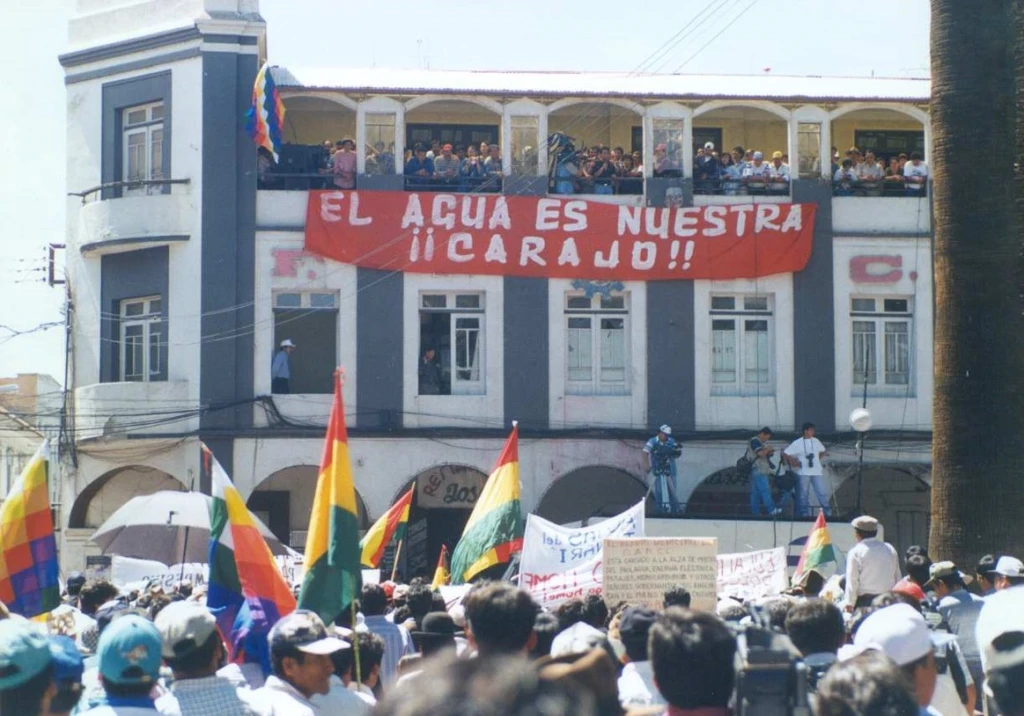
Water for All: Community, Property, and Revolution in Modern Bolivia


Posts that reflect on issues related to habitation in the Anthropocene, without presenting a particular reading.

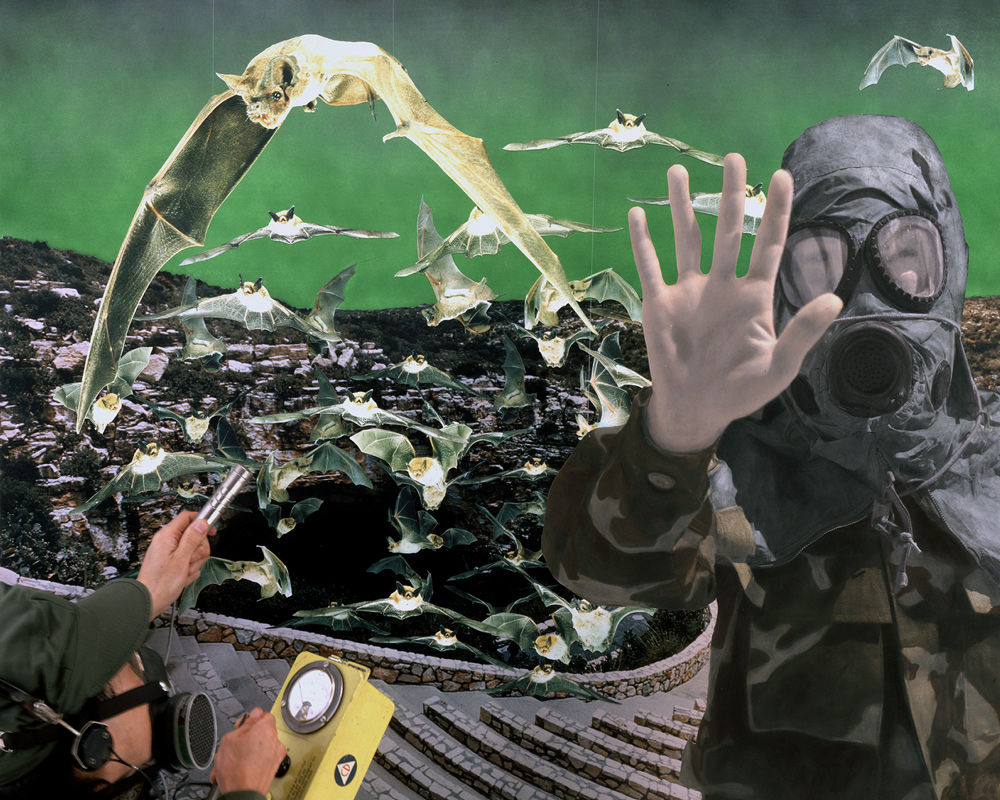
This post was co-authored by
Mariëlle Hoefnagels, University of Oklahoma, Dep’t of Microbiology and Plant Biology
and Amanda Boehm-Garcia, University of Oklahoma, Fred Jones Jr. Museum of Art
Art can highlight environmental issues and be a vehicle for change. While the role of art is as varied as the artists who create it, there are those whose practices intentionally challenge our perspectives, raise awareness, and pose difficult questions to give shape to the world around us. This approach is akin to the impetus that drives the sciences. Many artists, such as American photographer Patrick Nagatani (1945-2017), have melded the methodologies of visual language with detailed scientific study to raise public consciousness about environmental distress.
Continue reading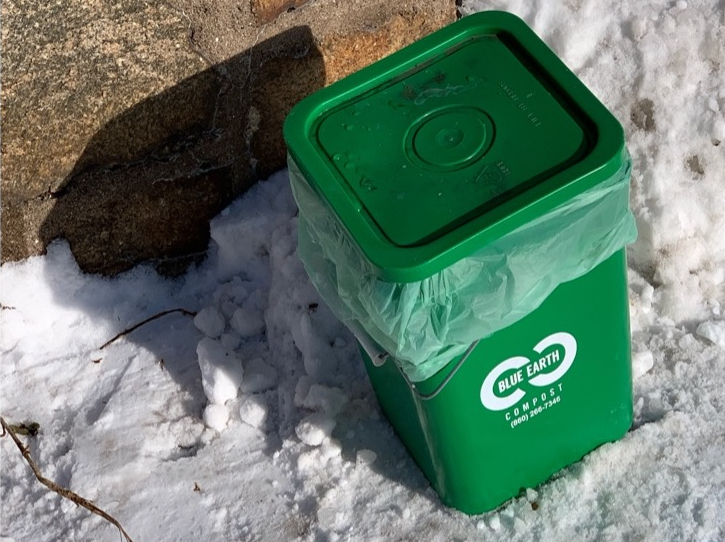
On a cold morning after a winter storm, I start my day by putting a green bin at the top of my snowy driveway. Walking the dogs a few minutes later, I observe the pattern of brightly-colored containers in front of houses as if they were signs, green symbols of allegiance to compost, an ancient and Continue reading
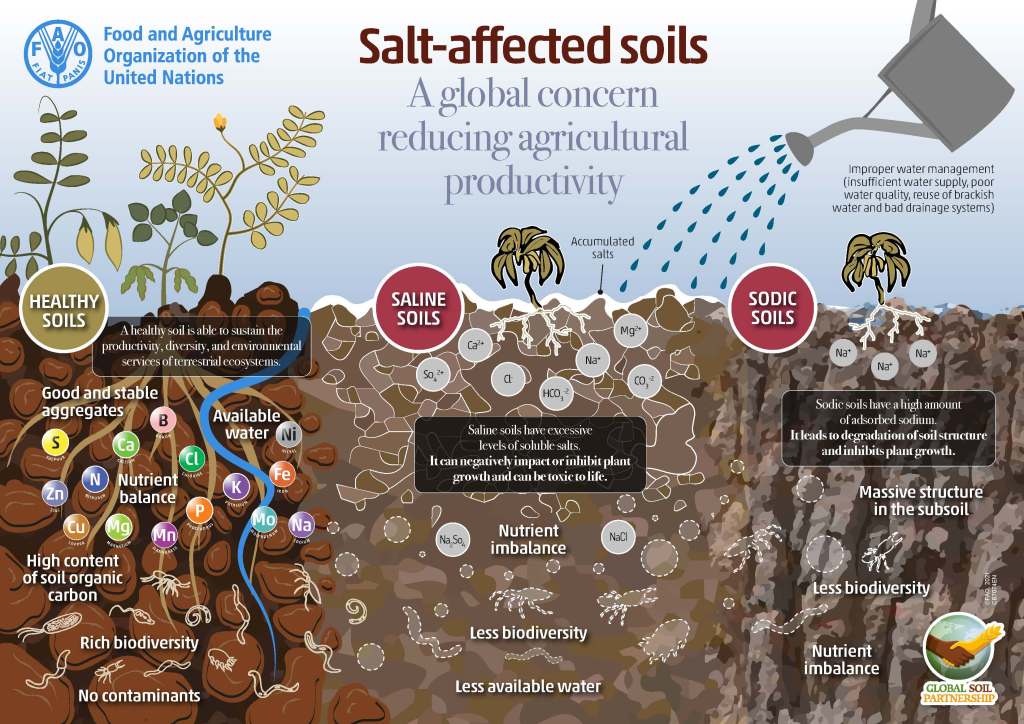
Introduction
Every December 5 the Food and Agriculture Organization (FAO) of the United Nations recognizes World Soil Day. Through this celebration, the FAO acknowledges the importance of soil as a resource – in other words critical infrastructure – and sets a theme of soil science education for the subsequent year. This year the said theme is “Halt Soil Salinization, Boost Soil Productivity.”
Continue reading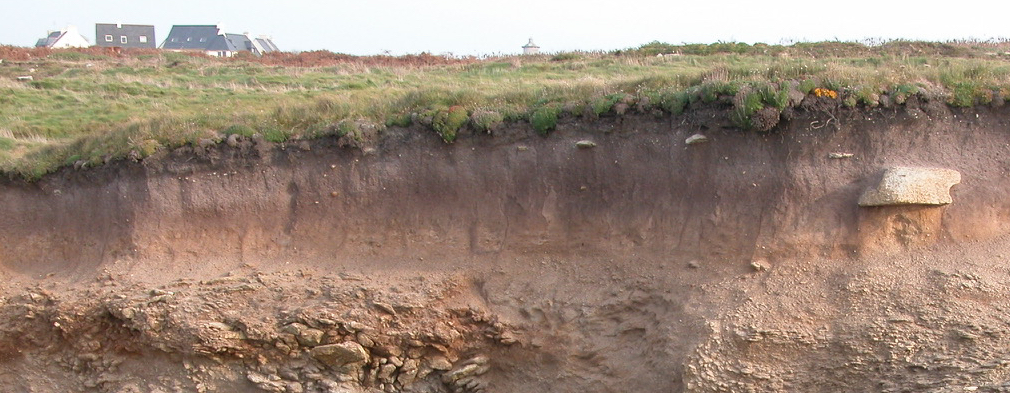
Soil profile (northern France). Notice the distinct horizons— darkest at top, where it’s most organic rich and—below that— various shades of brown that reflect leaching and accumulation of minerals over the millennia of formation of this soil. All photos by author.
Infrastructure— “the set of fundamental facilities and systems that support the sustainable functionality of households and firms. Serving a country, city, or other area, including the services and facilities necessary for its economy to function.” [Wikipedia] Continue reading
Academics are a leading source of knowledge about ecosystems and about societies. They are also highly unified advocates for societal change to confront ecological crisis. However, academics rarely turn to their own practices with the same transformational demands. Why shouldn’t biologists, sociologists, or, to take up my own case, art historians fundamentally alter how they work to do better with respect to what their own inquiries tell them about humanity and the planet?
In honor of Earth Day 2021, we are posting the video of a webinar Lynn Soreghan and I organized at OU two weeks ago as part of an international initiative led by Center for Environmental Policy at Bard College. At over 100 universities around the US and across the world local experts presented steps individuals can take to address the climate crisis.
Our own Oklahoma Climate Dialog was moderated by Lynn, and featured four speakers talking about what each of us can do to make a difference when it comes to climate.
(For more information about the speakers, see the event website. The webinar was sponsored by OU’s Mewbourne College of Earth and Energy, and the Environmental Studies Program in OU’s College of Arts and Sciences.)
An aspiration for the Solve Climate By 2030 project is that educators will devote class time to discussing climate change–under the rubric #MakeClimateAClass. To help with this effort the organizers at Bard have assembled a rich set of educational resources, including discussion templates for classes in a wide range of subjects. Other videos from this year’s series are being added to the Solve Climate By 2030 YouTube channel (you can also view videos from 2020’s dialogs). If you teach, our or another video might help get a discussion going in your class–and you might find one from your own state or country.
Our dialog did a great job of bringing into focus the question of how individual action bears on collective problems like climate change. Lynn and I will be back next week with some thoughts on that issue.
 Vincent Desplanche, Sketches for a ‘Sentier Randocroquis’ at https://flic.kr/p/bhNYLM, CC BY-NC-ND 2.0
Vincent Desplanche, Sketches for a ‘Sentier Randocroquis’ at https://flic.kr/p/bhNYLM, CC BY-NC-ND 2.0[We welcome Robert Lifset to the blog, to comment on the talk by Dr. Joe Nation posted here last week. This post completes our series on Environmental Justice and Environmental Health.]
This is a tale of two bills. Continue reading
 [This post completes a set of three on pesticides, part of our current series on Environmental Justice and Environmental Health. The others, by Jennifer Ross, include an overview of insecticides, and a talk on the impacts of insecticides in south Texas.] Continue reading
[This post completes a set of three on pesticides, part of our current series on Environmental Justice and Environmental Health. The others, by Jennifer Ross, include an overview of insecticides, and a talk on the impacts of insecticides in south Texas.] Continue reading

[We welcome Jennifer A. Ross to the blog, to continue our series on Environmental Justice and Environmental Health. The video of her talk in the associated speaker series will available next week.]
People have a long and complicated relationship with pesticides. It starts with us defining what a pest is, and then seeking Continue reading
[We welcome Traci Brynne Voyles to the blog, to kick off a series this spring on Environmental Justice and Environmental Health. The video of her talk in the associated speaker series is available here.]
For the past decade and a half, I’ve been immersed in studying environmental disasters. I’ve focused on the ways they are shaped by various intersecting power structures: Continue reading
 I ended my post last week with a question—why is it so hard to listen to advice? This is a key question these days, with so many people ignoring Continue reading
I ended my post last week with a question—why is it so hard to listen to advice? This is a key question these days, with so many people ignoring Continue reading

Logo of the March for Science
Science shapes our lives, especially in the Anthropocene. Everybody loves modern science … that is, until we don’t, because scientists say something we don’t like. Continue reading
In August 2018 in Stockholm, Sweden, something utterly unremarkable happened. A student, Greta Thunberg, then 15 years old, skipped school for one day a week and Continue reading
You must be logged in to post a comment.